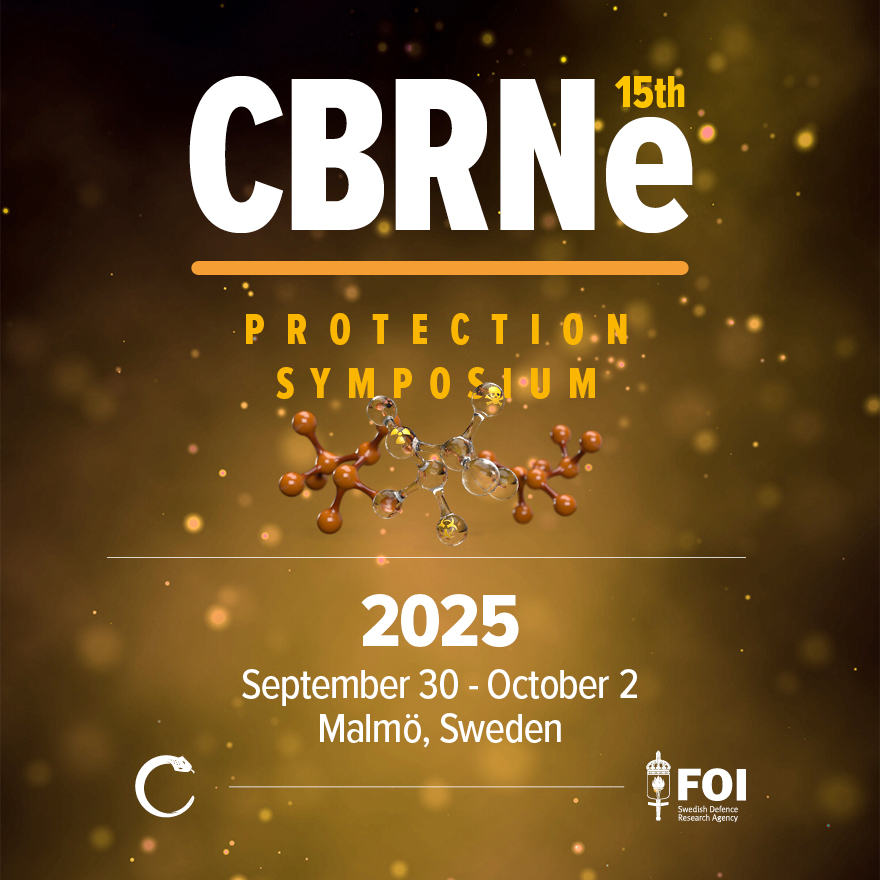Dr. Makoto Akashi Professor, Faculty and Postgraduate School of Nursing Tokyo Healthcare University
Since the start of the outbreak of the coronavirus disease (COVID-19) caused by a virus called SARS-CoV-2 in December 2019 in China, the disease rapidly spread all over the world. It goes without saying that Japan has been highly affected by COVID-19. I have worked on radiation emergency medicine for 30 years. After that, I was involved in the public response to the COVID-19 infection at the public health center of Ibaraki prefecture in Japan until the end of July 2020. In Japan, the public health center was a forward base for battling the outbreak at the time and played an important role as a “call center for Japanese returnees and potential contacts”. Therefore, people developing symptoms such as fever, dry cough and shortness of breath had to call the center before seeing a doctor to be advised. Our public health center is located about 45 kilometers of the northeast center of Tokyo. Many people working in Tokyo reside in the area where our public center has jurisdiction. As the number of people infected with the virus increased in Tokyo, many houses started to get infected in the area.
Our public health center also opened telephone consultation access for seven days to provide accurate information about the virus and health issues to the public, medical professionals, fire fighters and others, and received almost 200 calls a day. In this confusion, a cluster of COVID-19 cases was identified in one of the main hospitals in this area. This hospital was designated as a facility for infectious disease by the prefecture before the outbreak and was treating infected residents. However, the staff of the hospital and also their family members were soon discriminated against only for the only reason of working in the hospital and their children were declined to go to nurseries. Moreover, a pharmacy located near the hospital refused to see any outpatient of this hospital. The number of patients visiting a private clinic in the area reduced significantly, as well as the number of calls to the ambulance service because of the excessive anxiety of getting infected. Furthermore, not only in Japan but also in many other countries, family members of health care providers at medical facilities where patients diagnosed with COVID-19 were received have been subjected to discrimination and prejudice.

These consequences remind me of the Fukushima nuclear accident in 2011. One of the most important lessons learned from this disaster is that misunderstandings and misconceptions cause excess anxiety, leading to discrimination and prejudice. Clearly, a virus is different from a radioactive material. The number of virus’ particles increases in the body after infection, Therefore, it can be considered that a person might develop symptoms as the number of virus’ particles increased enough to exceed the level at the initial stage of infection, depending on the individual.
In contrast, each radionuclide has its own physical half-life and its activity always decays with time. Radioactivity never increases in the body. On the other hand, our immune system could overcome COVID-19 if the system is well activated but the system does not work for radioactive materials. Anti-viral drug possibly inactivates virus, but no medicine can affect radioactivity. Thus, it is not easy to compare scientifically which is more dangerous or easily manageable. The only difference in two “disasters” is that many lives were lost by the COVID-19 infection but nobody was killed by radioactive material in the Fukushima nuclear disaster.

Both the outbreak of COVID-19 and the Fukushima nuclear accident caused many socio-psychological and economic problems. Scientifically correct information about health issues is key for the prevention of psychological consequences: explanation in plain language of the risks and the countermeasures is a vital part of an effective risk communication process not only for the general public but also for health care providers including emergency responders. However, no virus or radioactivity can be seen, heard, or felt. There are many “experts” in the case of the corona virus, and they provide contradictory information. It is sometimes hard for the general public to understand which information is right or wrong.
This inevitably leads to confusion and consequentially, at least in part, to a significant reduction in unnecessary admissions to hospital or calls to ambulance service. On the other hand, however, these misunderstandings or misconceptions also probably resulted in a significant reduction in necessary admissions of seriously ill patients to hospital or their calls to ambulance service because of excess concern for infection. A lack of knowledge on chemicals, bacteria/viruses, or radiation and on their effects can prevent the medical care and transportation system from functioning especially in case of big disaster or terrorism.
About the Author
Dr. Makoto Akashi, MD, PhD., is Professor at the Faculty and Postgraduate School of Nursing at the Tokyo Healthcare University. Before covering his current role, he was the Director of the Ryugasaki Public Health Center and the Executive Officer of the National Institutes for Quantum and Radiological Science and Technology. He earned his Doctor of Medicine at the Yamagata University in 1981, followed by a PhD at the Jichi Medical School in 1989. Some of the main research areas of Dr. Akashi are Radiation and Radiation Emergency Medicine. Dr. Makoto Akashi is amongst other associations a member of the International Association of Radiopathology. He has also won numerous prizes and awards in the field of Radiology.





